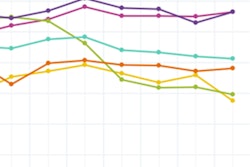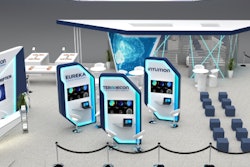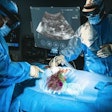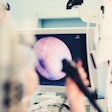Dear Advanced Visualization Insider,
Body composition analysis on CT exams shows potential for a variety of clinical applications, such as risk assessment for future cardiovascular events. It can also be utilized to predict the risk of cancer recurrence prior to surgery for lung cancer, according to a new study.
Researchers from Pittsburgh found that a model combining CT radiomics, clinical features, and pathology findings showed a promising level of accuracy for determining if patients will experience recurrence within three years. Get all of the details by viewing this edition's Insider Exclusive.
In a related development, another research group reported that artificial intelligence (AI) tools are effective for assessing body composition on CT. And a radiomics model derived from coronary CT angiography can identify plaques linked to higher risk for future adverse cardiac outcomes.
In other advanced visualization news, CT-guided pulsed radiofrequency combined with steroid injection offers potential for relieving pain in patients with lumbar disk herniation. Also, a machine-learning algorithm may enable reduced dosage of gadolinium-based contrast agents in breast MRI exams.
Researchers have developed a noninvasive tool for MRI exams that can produce real-time, 3D images and maps of contractions during labor, potentially helping with labor management strategies.
A multimodal tomographic system could improve diagnosis of breast cancer, according to a study from Italy. The system, which combines optical methods, a smart optode performing diffuse optical tomography, conventional ultrasound imaging, and quantitative elastography, showed high sensitivity and moderate specificity in a trial.
AI offers potential in oncologic imaging, but more data and larger clinical trials are needed in order for the technology to be ready for integration into clinical workflows, according to a recent session at ECR 2023. AI algorithms can deliver strong performance, though, for detecting tumors on digital breast tomosynthesis exams.
In addition, radiologists and forensic experts are using virtual reality and postmortem imaging to bring crime scenes "to life." However, virtual learning is perceived by most chief residents to be less effective than in-person learning.
Is there a story you'd like to see covered in the Advanced Visualization Community? Please feel free to drop me a line.




















